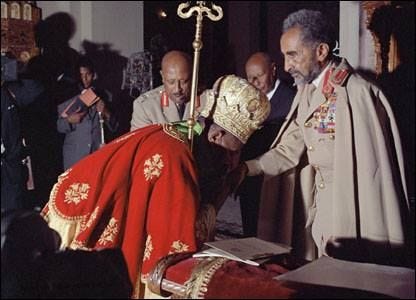
Ethiopia is one of two African countries that was never colonized in the “Scramble For Africa” era (1884-1914). The other country is Liberia, which American abolitionists established in 1820 as a voluntary repatriation zone for freed Black American slaves. These freed ex-slaves eventually took control and declared that zone the independent Republic of Liberia.
SIDE BAR: A SHORT DIGRESSION
The freed Black American slaves that were settled in the territory now referred to as Liberia never got on with the indigenous Africans who were not consulted about the settlement of “outsiders” on their homeland.
When the Liberian republic came into existence in 1847, the indigenous people were denied citizenship rights despite constituting 95% of the total population.
From 1847 to 1963, most of the indigenous population did not have the right to vote or stand for elected office. Even the 1963 extension of the franchise was done reluctantly.
Back in 1927, the League of Nations had condemned the Liberian government for discriminating against the indigenous people and selling them as “slaves” and “contract labourers”.
All of these issues were factors in the bloody coup d’etat of 12 April 1980 in which indigenous African soldiers wiped out the entire ruling class of Americo-Liberians (as descendants of resettled Black Americans and Caribbean immigrants are called).
That bloody coup d’etat ended 133 years of Americo-Liberian rule and set the stage for two civil wars that ensued (1989-1997 and 1999-2003).
End of digression…
As stated earlier, Republic of Liberia and the Empire of Ethiopia (1270-1974) were the only African states to maintain their sovereignty back in the 19th Century. Every other territory, from Egypt down to South Africa, were under the yoke of European colonial empires.
But it wasn’t for lack of trying that, at least, one European country failed in its repeated attempts to colonize Ethiopia in the late 1800s.
The Kingdom of Italy had fought an undeclared war with the Empire of Ethiopia from 1887 to 1889. That war ended in a stalemate and Ethiopia remained a free country after ceding some of its territory to the Italians. The Italians established the Colony of Eritrea on the ceded territory.
In 1895, Italy sent another expeditionary army to conquer and colonize the rest of Ethiopia. The Italians were comprehensively defeated a year later by the Ethiopians with help from Czarist Russia.
In the final stages of this particular Italo-Ethiopian War (1895-1896), the Russian Empire had provided many artillery pieces and fifteen military advisers to help the Ethiopians.
In addition to the 15 military advisers sent by Czar Nicholas II, another 50 Russian volunteers fought directly on the frontlines alongside 125,000 Ethiopian troops against 43,700 combined Italian soldiers and Eritrean colonial troops.
SIDE BAR: THE BATTLE OF ADWA
The Battle of Adwa fought on 1st March 1896 was the pivotal battle of the Italo-Ethiopian War. The decisive victory of the Ethiopians frustrated Italy's attempt to expand the size of its colonial empire in the horn of East Africa. The defeat of Italy during that battle effectively ended the war and resulted in a peace treaty.
In the aftermath of the battle, 1,865 Italians became prisoners including General Matteo Albertone. Among those killed in action were 300 Italian officers including General Giuseppe Arimondi and General Vittorio Dabormida. 4,600 other rank Italian soldiers and 1,000 African soldiers of the Italian Eritrea Colonial Troops also lost their lives. Around 1,000 wounded Italians managed to evade capture.
Ethiopian losses during the battle were estimated to be 3,886 killed and 6,000 wounded.
The war was a total disaster for the Kingdom of Italy. Around 14,660 Italian regular troops and Eritrean colonial soldiers died during the war according to the Canada-based academic, Professor Paulos Milkias.
In their flight back to the Colony of Eritrea, the retreating Italians left behind all of their artillery pieces and 11,000 rifles, as well as most of their transport.
The humiliating defeat of Italy was a factor in the collapse of the nationalist government of Francesco Crispi.
SIDE BAR: MUSSOLINI'S REVENGE
Years later, that humiliation would be avenged by Benito Mussolini through conquest and a five-year occupation of Ethiopia from 1936 to 1941.
Czarist Russia had intervened on the side of Ethiopia because the African country was a fellow Orthodox Christian state.
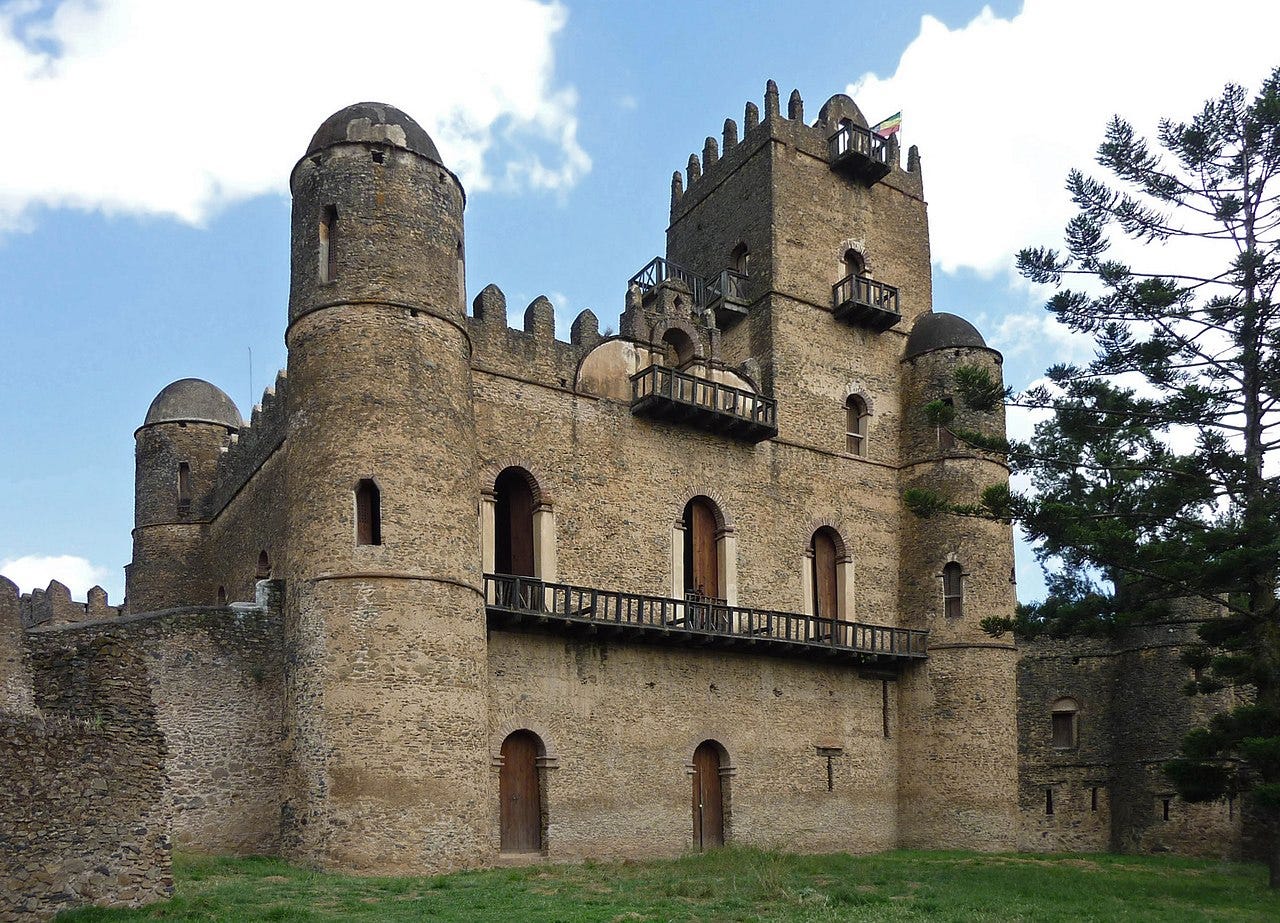
It is important to remember that Ethiopia was already a Christian nation for more than 600 years before large swathes of Northwest Europe— (e.g. Britain, Germany, Scandinavia)— began to convert to Christianity.
Christianity came to Ethiopians in Biblical times, but only became state religion in Ethiopia (then called Kingdom of Aksum) in 330 AD. When the Orthodox-Catholic schism took place in the 11th Century, Ethiopia took the side of Orthodoxy.
The man in the photo above is a Kuban Cossack soldier named Nikolay Leontiev, a native of Kherson Governorate in Czarist Russia. He fought alongside the Ethiopians during the Battle of Adwa. He would later become a member of the Ethiopian nobility under the name “Count Abai” and help modernize the Ethiopian regular Army.
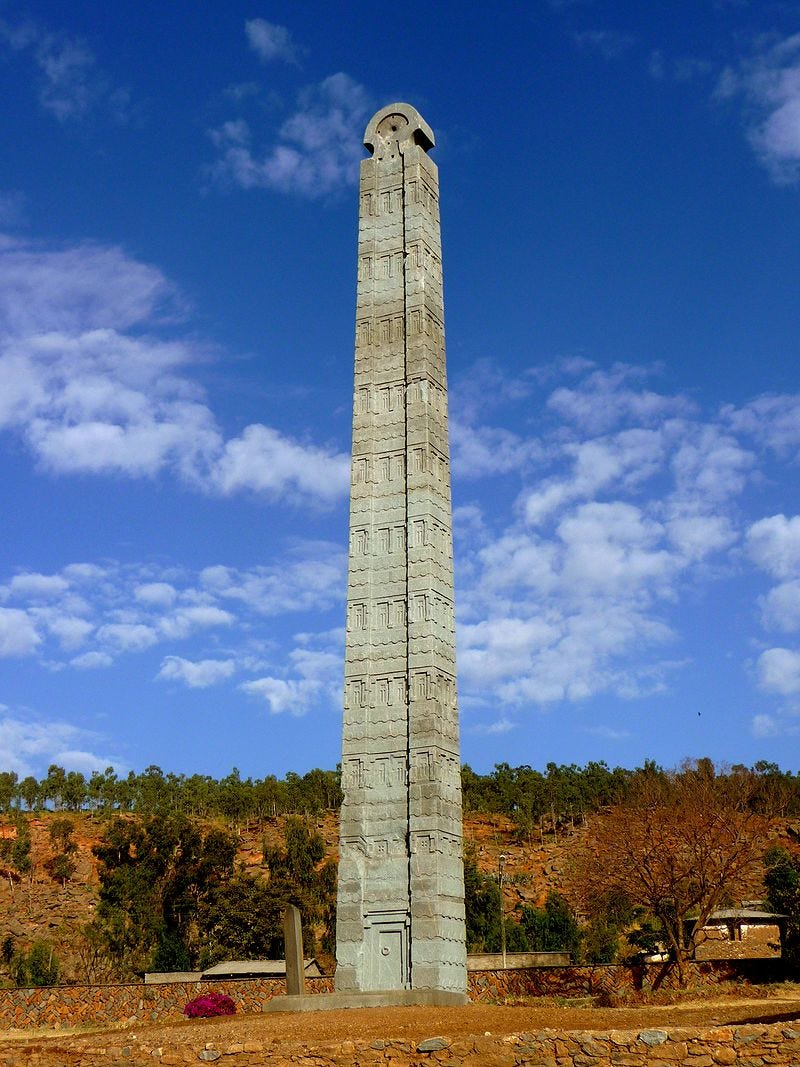
For those readers who want to know more about the unique history of Ethiopia starting from 150 BC to the 21st Century, I am planning to post a follow-up article on the subject.
THE END
Dear reader, if you like my work and feel like making a small donation, then kindly make for my Digital Tip Jar at Buy Me A Coffee




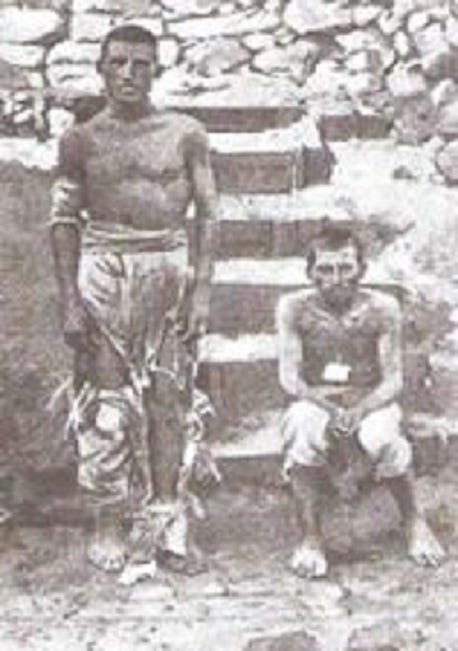
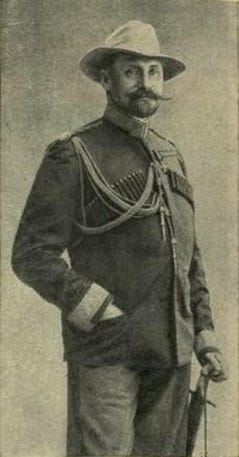

Fascinating and all new to me.
Also thank you! So much to learn about Africa!